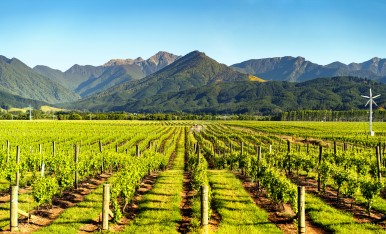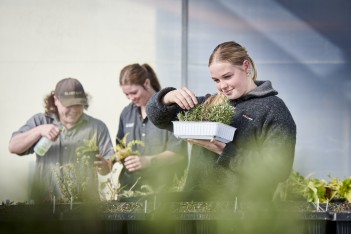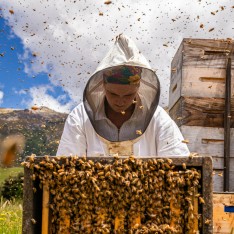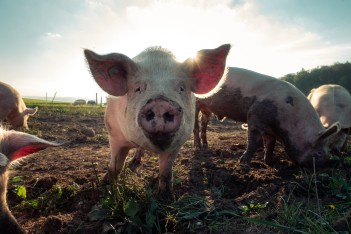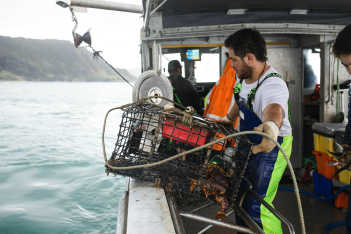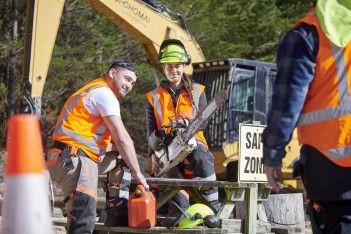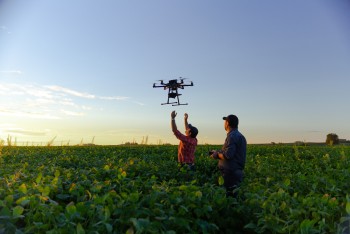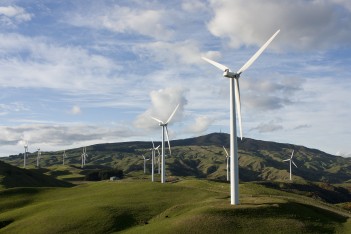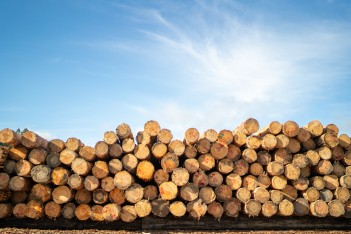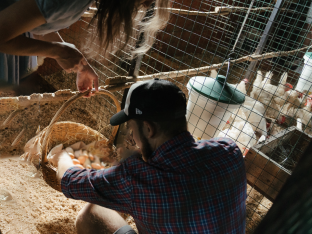2026 Investment Advice
Each year, Muka Tangata provides investment advice to the Tertiary Education Commission (TEC) to inform funding decisions for the qualifications and credentials that align with Muka Tangata industries. The scope of our advice is to advise TEC if it should increase or decrease investment in specific qualifications and credentials; we have also prioritised our advice using a scale of high, medium and low priority. Where the advice is to “maintain”, this indicates that no funding increase or decrease is needed and current levels of provision are sufficient.
We have used 2022 learner enrolment numbers as our baseline.
We have not been specific about mode at a qualification level. In general, we recommend a preference for workplace training as part of the mix of the provision across all of our industries. This could include both work-based training and campus-based learning that include a strong component of practical ‘on job’ experience in a workplace setting.
2026 Investment Advice to TEC - PDF Download
Appendix A outlines the evidence base.
Key drivers of the advice
- Most of our industries have experienced a period of workforce growth during the five years leading into COVID. Learner numbers have been falling over that period. Combined with low retention rates this means that the ‘supply’ pipeline has not kept up with demand for skilled workers. MPI workforce forecasts predict increases in many of our industries’ workforces through to 2032. In particular, they expect the mix of skills required to change with an increased need for more highly skilled workers, especially managers and semi-autonomous roles (including in industries where workforces may not be increasing).
- The Government has set a target of doubling the value of exports over the next 10 years. The food and fibre sector currently accounts for over 80% of the value of merchandised exports and will, therefore, play a significant part in achieving Government’s goal. This will require both more workers and more productive workers. Skills acquisition and training is key to raising productivity. This will require building the skills of the existing workforce and not just focusing on training new people for jobs. Our skills forecast modelling indicates that, all things being equal, if current training levels are only maintained, there will not be enough trained people to meet the skills demand from industry to meet current needs, let alone Government’s export target. The food and fibre sector has relatively high levels of workers with no qualifications and generally the distribution of qualifications skews towards lower-level qualifications. This means that while we need to raise the overall skills level, we also need to feed the skills pipeline and increase the flow of learners at those lower levels.
- More skilled kaimahi Māori will be important for achieving the Government’s goal to double the value of exports over the next ten years. Given that, by 2040, about one quarter of the potential workforce under 40 will be Māori, the ways in which the VET system works for ongoing Māori training and skill development is essential. The percentage of ākonga Māori has remained steady at around 23% of all ākonga enrolled in Muka Tangata qualifications over the past few years. For more detailed information on Māori in the food and fibre sector, please have a look at Te Haumako – our Māori Workforce Development Plan which we published in June 2024. We have developed quite a few new micro-credentials across the sector over the past year. This aligns with our commitment in Te Haumako to explore more flexible ways to deliver and assess learning, especially through micro-credentials and other shorter qualifications which fit around seasons of work.
* Note, in accordance with the template provided by TEC, we did not include in our advice the funding and other issues that we raised in our submission on the proposed vocational education system changes (Muka-Tangata-submission-Redesign-of-the-vocational-education-and-training-system.pdf (mukatangata.nz)).


